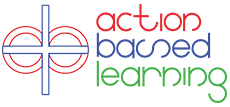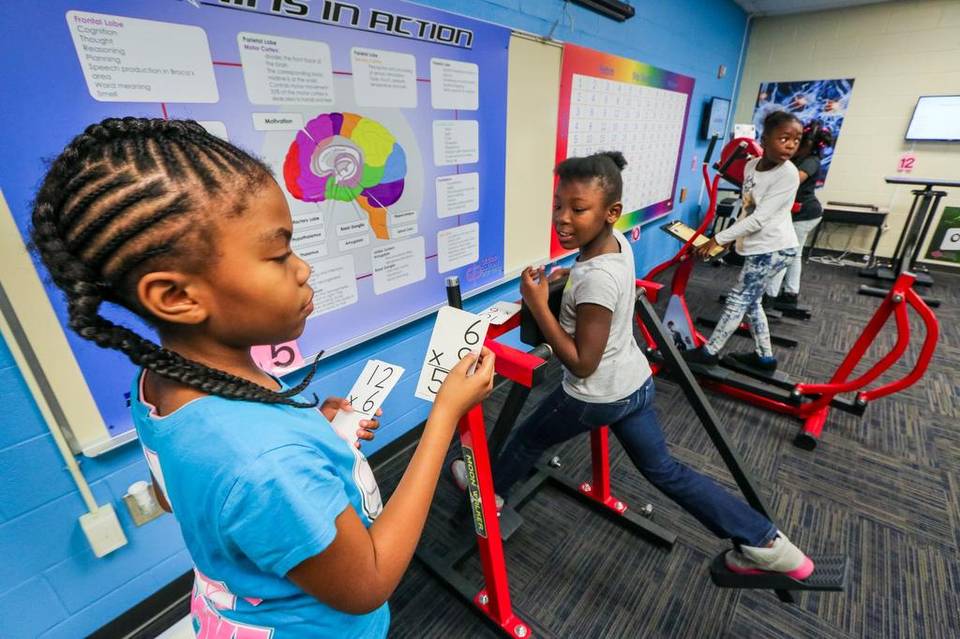COLUMBIA, SC
Sitting still at a desk makes 10-year-old Lionel Watson’s legs sleepy, he said.
Sitting for long periods can make your brain sleepy, too, especially as an elementary school student.
When a case of the wiggles hits students at Burton-Pack Elementary School in Columbia, the kids can let them out in the school’s two new action-based learning labs.
The labs are a $58,000 experiment that might help students focus better in class and perform better academically.
“We need to pay more attention to the overall health of our children because that’s the determining factor to whether they succeed in school,” said Carol Watson, the school’s action-based learning teacher. “They have to be well-rounded.”
Burton-Pack is the only school in Richland 1 to have dedicated learning labs with exercise equipment, new this year.
The school also has a new “kinesthetic classroom” with pedal desks and motion chairs, where a math teacher pulls in students such as fifth-grader Watson from their regular classes for more focused help.
A team of University of South Carolina graduate students is studying the Burton-Pack students’ action-based learning and the effects on their classroom behavior and comprehension.
“We’d hope it would kind of decrease the distraction in the class and increase their activity levels,” said Lindsay Decker, a graduate student of exercise science. They will continue to study the children through spring, she said.
On a recent morning, students in Tara Carpenter’s third-grade class paired off to quiz one another with multiplication flash cards while exercising on equipment that included an elliptical, a moon walker and a lateral snowboarder.
“I’d rather be in here,” 8-year-old Janiah McCoy said. “I like going places and getting out of the classroom.”
Janiah was in constant motion as she read multiplication problems aloud and then looked at a large chart in front to help come up with the answers.
Five times 10? Fifty.
Twelve times 10? One-hundred twenty.
Twelve times four? Not so easy. But after a few tries, she got it: 48.
Physical activity has positive effects on brain activity, including improving learning, memory and mood, research has shown.
Plus, there’s a physical benefit to getting kids moving, Watson said.
“I used to die to go outside. ... But these kids, they don’t ask that. Their first thing is, ‘Where’s the iPad?’” Carol Watson said. “We need to go back to what we used to do and get our children more active. ... This is one way we can help. It’s not a cure-all.”
Grade levels rotate weeks to use the learning labs. When it’s their grade’s turn, classes get two half-hour visits a week.
Teachers also are learning to incorporate short exercise and dance videos and “brain breaks” into regular classroom activities, Watson said.
That means even when kids can’t go to the labs, they can still use physical activity to reset and re-energize their minds, she said.
“Those activity breaks, I think, are crucial to having a good rest of the day,” Decker said.
Reach Ellis at (803) 771-8307.
Read more here: http://www.thestate.com/news/local/education/article117394503.html





